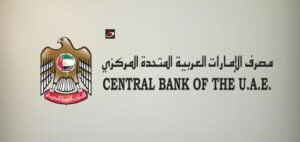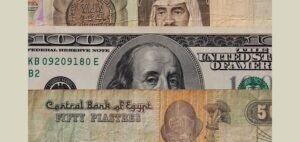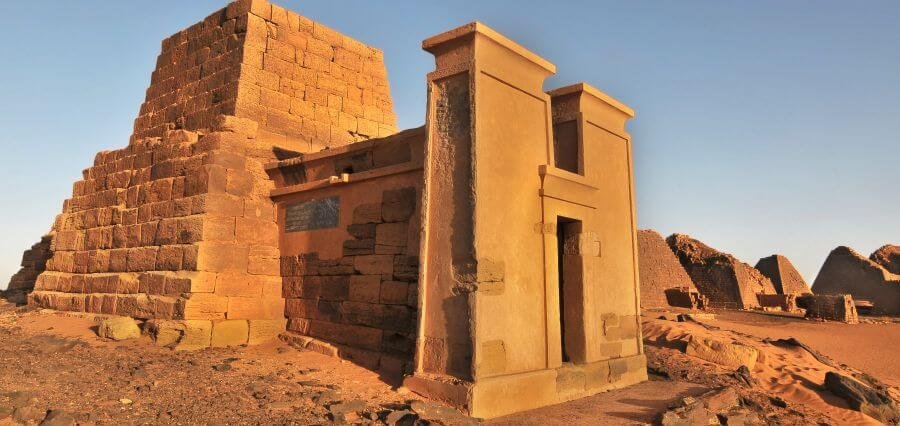Prime Highlights:
- Saudi Arabia’s broad money supply (M3) rose by 8.4% year-on-year, reaching SR3.11 trillion, reflecting growing economic momentum.
- Time and savings deposits are increasing faster than demand deposits, showing a shift toward interest-bearing savings.
Key Facts:
- Demand deposits make up the largest share at 46.5% (SR1.45 trillion), followed by time and savings deposits at 36.1% (SR1.12 trillion).
- SAMA reduced its repo rate from 6% to 5% in 2024, making fixed-term savings accounts more attractive than demand deposits.
Key Background:
Saudi Arabia’s broad money supply rose sharply in July, signaling growing economic momentum and confidence in the kingdom’s financial system. Official data shows that M3, the broadest measure of liquidity, increased by 8.4 percent year-on-year, adding SR239.97 billion ($63.9 billion) to reach SR3.11 trillion.
Quarterly figures also reveal a steady rise, with M3 advancing 2.1 percent to SR3.12 trillion by the end of June, up from SR3.06 trillion in March, according to figures cited by the Saudi Press Agency from the Saudi Central Bank (SAMA).
The rise in money supply shows SAMA’s efforts to manage liquidity while supporting economic growth under Vision 2030. Changes in deposits show that interest rates and financial incentives are affecting how people save.
Demand deposits are the largest, at 46.5 percent (SR1.45 trillion), followed by time and savings deposits at SR1.12 trillion (36.1 percent). Quasi-monetary deposits are SR296.72 billion, and cash outside banks is SR242.34 billion. Quasi-monetary deposits include things like foreign currency deposits, deposits linked to letters of credit, remittances, and agreements with the private sector.
Experts say time and savings deposits are growing faster than demand deposits, showing a shift toward interest-bearing savings. M3 reached a record SR3.12 trillion in June, marking the highest share of savings deposits in over ten years.
Monetary policy has also affected deposits. SAMA cut its repo rate from 6 percent to 5.5 percent in September 2024, and then to 5 percent in December, following US monetary policy. Interest rates remain attractive even after the rate cuts; hence, it is more preferable to have the fixed-term savings accounts rather than the ordinary demand deposits. Overall, Saudi Arabia’s financial system is getting stronger.








